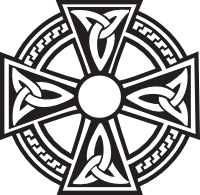- Home
- About Us
- Visitors
- Calendar
- Father's Desk
Newspaper Articles
Dec. 26, 2023 Newspaper Article, Part 6 of 6
Cranbrook Daily Townsman Christianity 101: An Orthodox Perspective - The 21st Century to Today! We have traveled through 2000 years of Church hDec. 19, 2023 Newspaper Article, Part 5 of 6
Cranbrook Daily Townsman Christianity 101 An Orthodox Perspective - The 20th Century The 1900s saw huge changes. Two world wars, the rise aDec. 5, 2023 Newspaper Article, Part 4 of 6
Cranbrook Daily Townsman Christianity 101 An Orthodox Perspective – 16th to 20th Century The Orthodox Catholic and the RomanRecorded Services
Great Martyr Katherine of Alexandria
We are celebrating someone's names day - the Great Martyr Katherine of Alexandria: 'By your virtues, as with the rays of the sun, you enlightenedOnline Bible Study cancelled Th, Nov 28
Yesterday we held our first Zoom bible study session on the Gospel of John by reading Chapters 1 and 2. We use the Bible (Preferably the OrthodoxBirthday Wishes to two lovely ladies!
Happy Birthday to two of our parish ladies! May God Grant You Many Years, and may you be surrounded by love as you follow His light. - Library
- Donate








